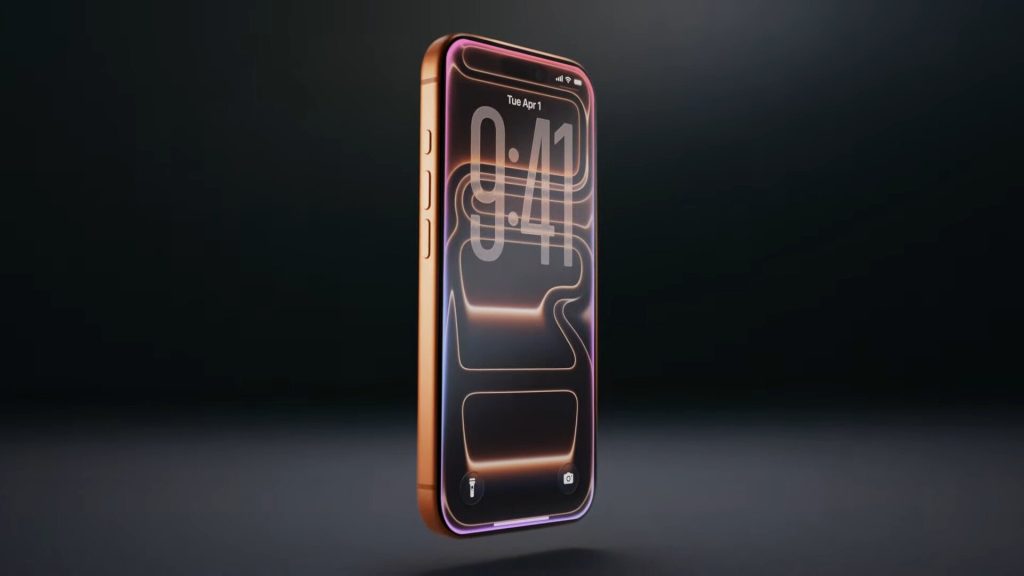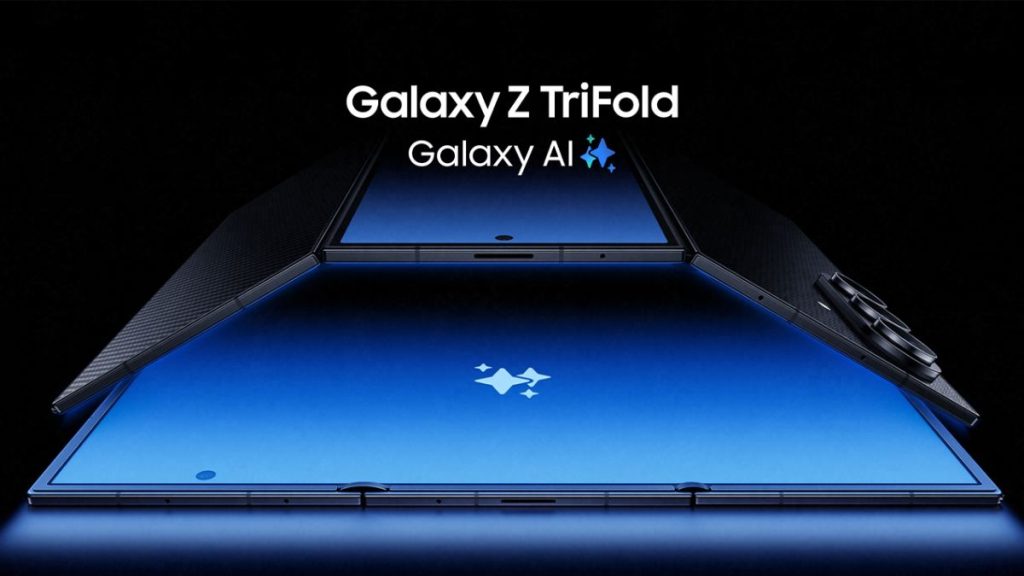The traditional SIM card, a faithful companion of our phones for three decades, is entering its final years. Its announced disappearance in favor of the eSIM represents much more than a simple technological evolution: it’s a revolution that finally puts consumer interests first. While Apple is already selling models without a physical slot, Nadir Marcos, CEO of PlanHub.ca, told Alain McKenna of La Presse that this transition could rebalance the power dynamics in favor of users.
“The eSIM greatly reduces the friction of switching providers,” he explained to our fellow journalist. This ease of use, allowing users to change operators with just a few clicks from home, could boost competition and put downward pressure on prices. “The easier it is to switch providers, the more it stimulates healthy competition,” emphasized Nadir Marcos, seeing in this technology a lever for fairer mobile telecommunications.
A technical revolution with practical implications
The practical benefits are immediate, especially for travelers who can say goodbye to exorbitant roaming fees by easily activating local plans. But this digital revolution also comes with warnings: if providers save on the logistics of physical cards, will it be up to consumers to remain vigilant against potential new hidden fees?
The disappearance of this small piece of plastic thus opens a new era, where consumers regain lost freedom in a telecom landscape that is being completely reinvented.






